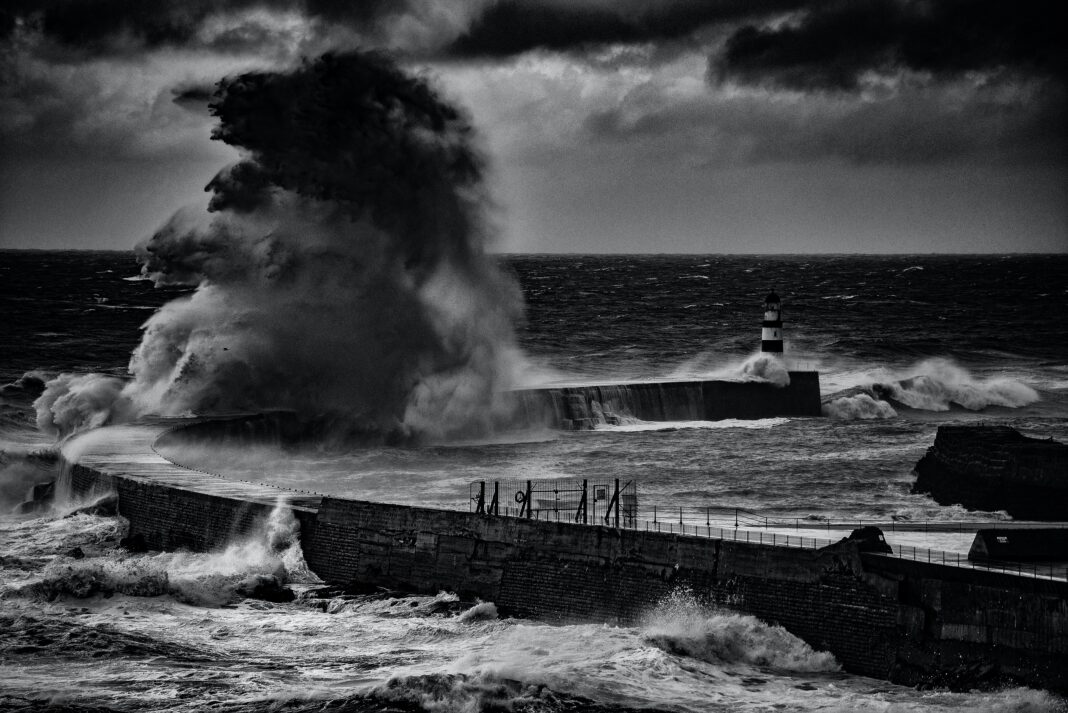SAN FRANCISCO—According to the National Weather Service, the San Francisco Bay Area will experience hazardous weather conditions on Tuesday, April 13, beginning at 9 a.m. and lasting until 10 p.m.
The advisory indicated that the affected areas will be San Pablo Bay, Suisun Bay, the West Delta, and the San Francisco Bay north of the Bay Bridge.
The NWS noted they expect southwest winds of up to 5-15 knots or winds 17.3 miles per hour, are expected and that the winds could be strong enough to create hazardous conditions for any small watercraft.
The NWS explained in their advisory that “Inexperienced mariners, especially those operating smaller vessels, should avoid navigating in hazardous conditions.”
BOATERexam.com is a website that states they are “the leader in boater education across North America and has educated and certified more than 1 million boaters since 1999.”
According to BOATERexam.com, a small craft advisory means that the NWS deemed the winds could reach dangerous speeds.
“Sustained wind speeds that govern the issuance of a Small Craft Advisory vary depending on geographical areas,” and that a small craft advisory is about 18-33 knots or 24-38 miles per hour, noted BOATERexam.com.
According to BOATERexam.com, before heading out on the water, “It’s important to learn about local hazards before going boating in any new or unfamiliar waters. You can do this by obtaining local marine charts and/or checking with local boaters and marinas.”
BOATERexam.com provided the following list on their website to boaters just in case they are caught on the ocean in a storm:
- Make sure that everyone on board is wearing a lifejacket and that it is secured properly.
- Reduce your speed and continue with caution, keeping an eye out for other boats and floating debris.
- Close all hatches and ports to avoid swamping.
- For stability and safety, get your passengers to stay low in the boat near the centerline.
- Secure any loose items to avoid losing them overboard.
- Pump out the bilges so that your boat sits higher in the water.
- Check marine charts to find the nearest shelter, noting any hazards in the area;
- And proceed cautiously to the nearest safe shoreline.







